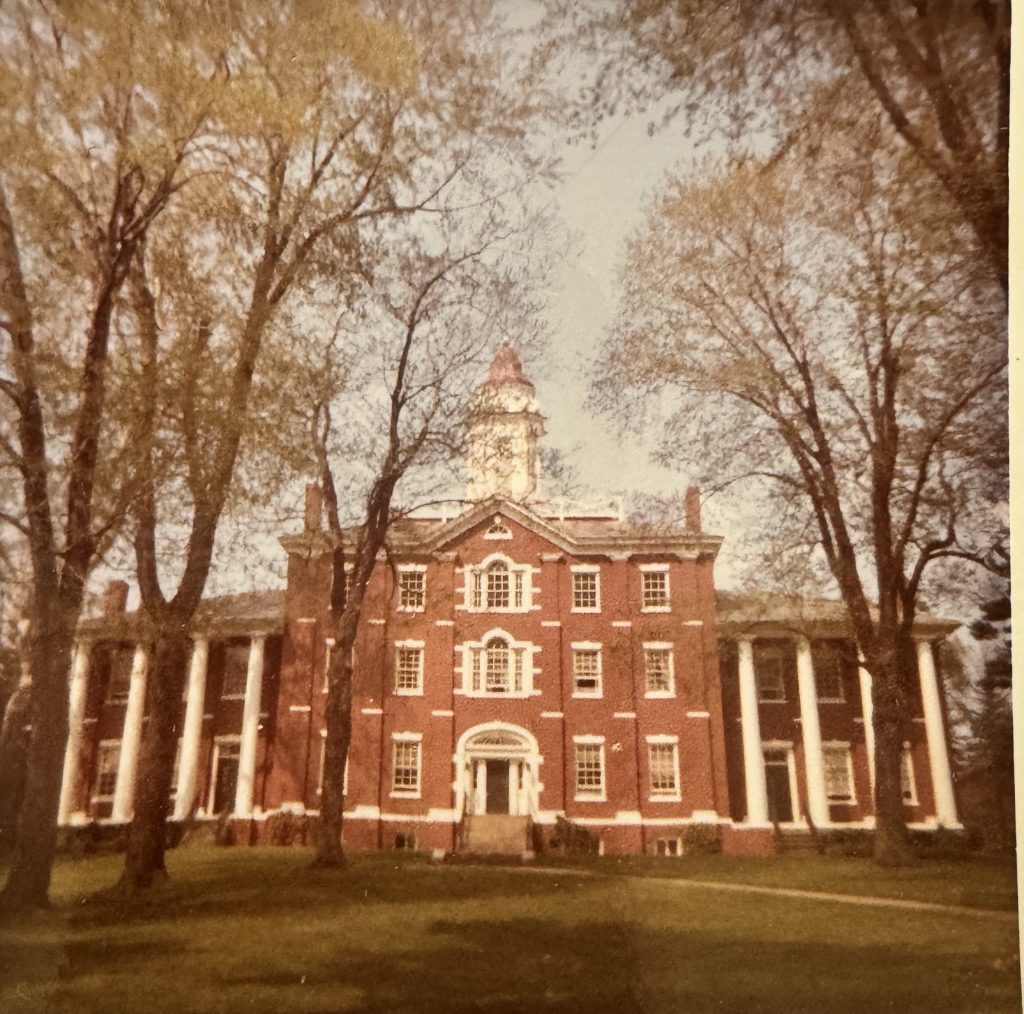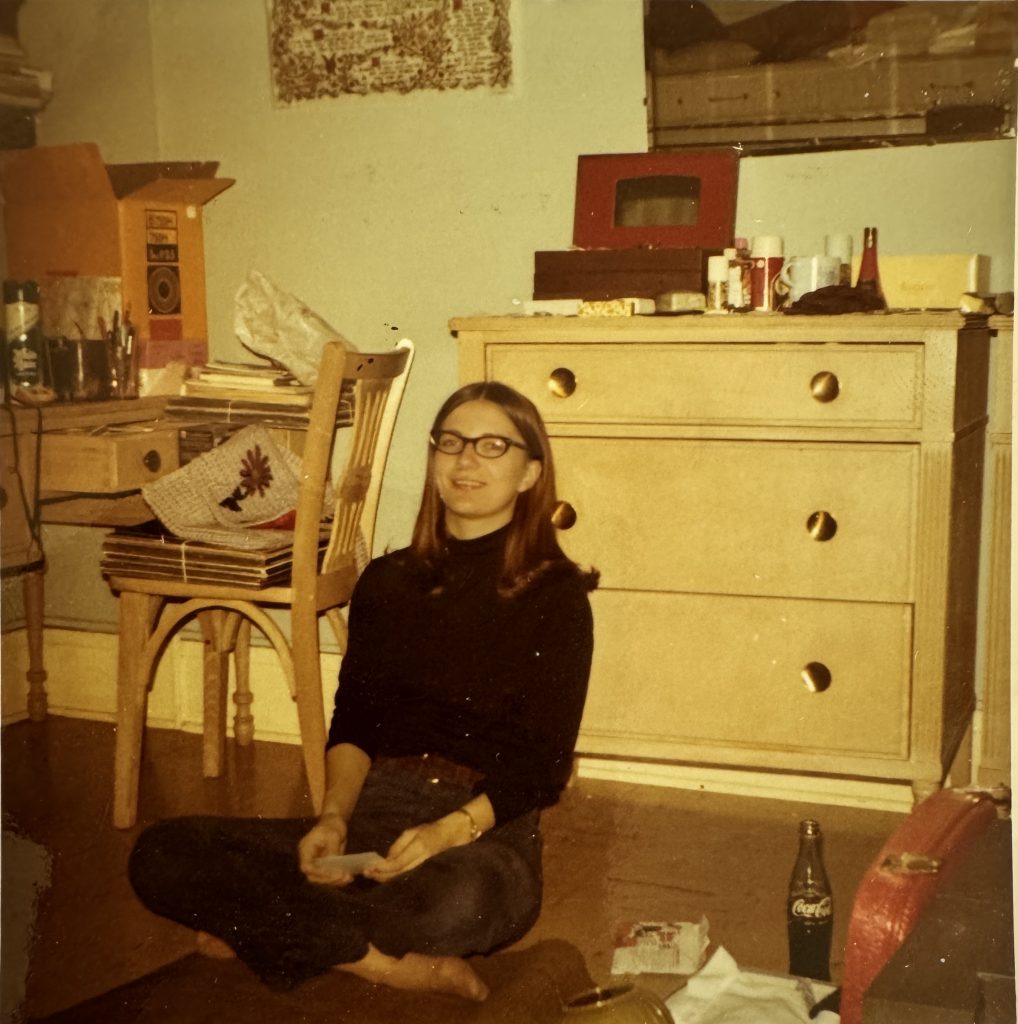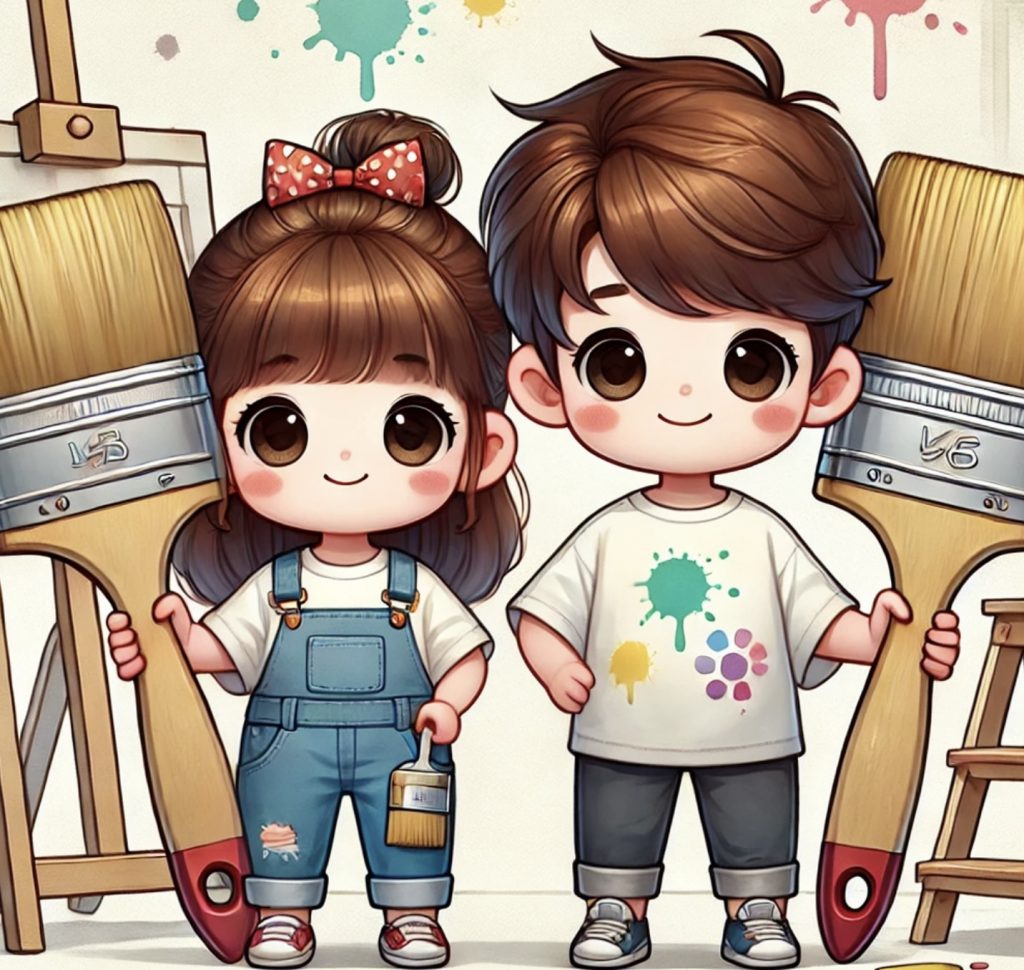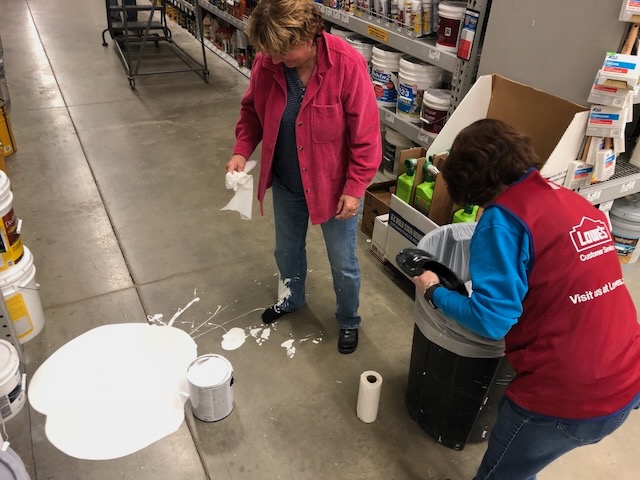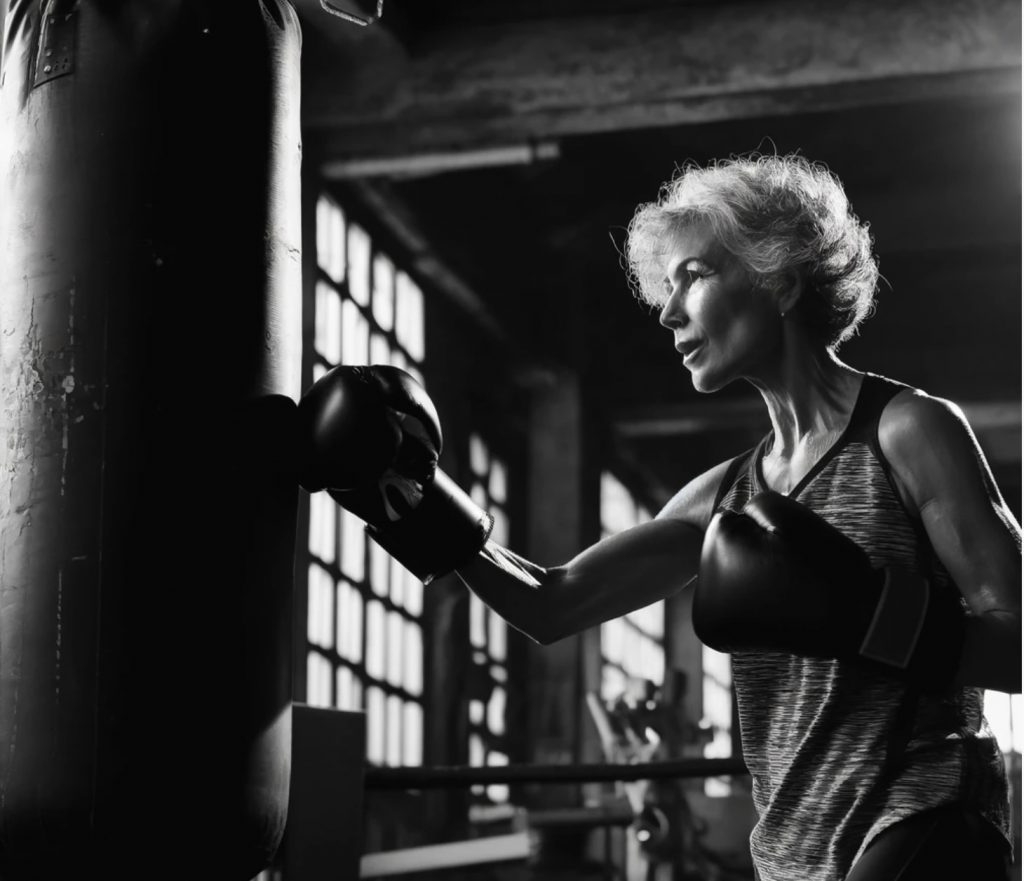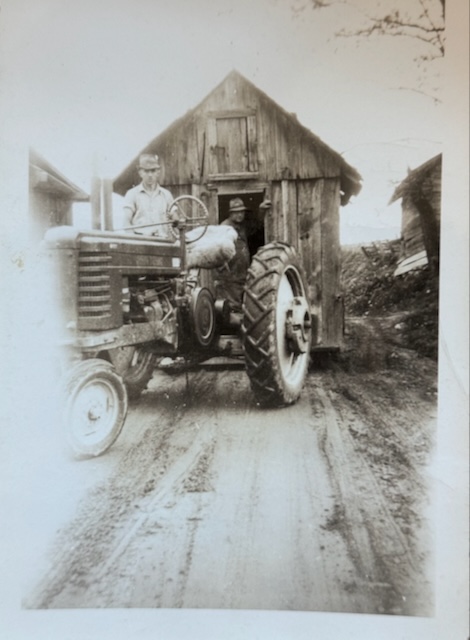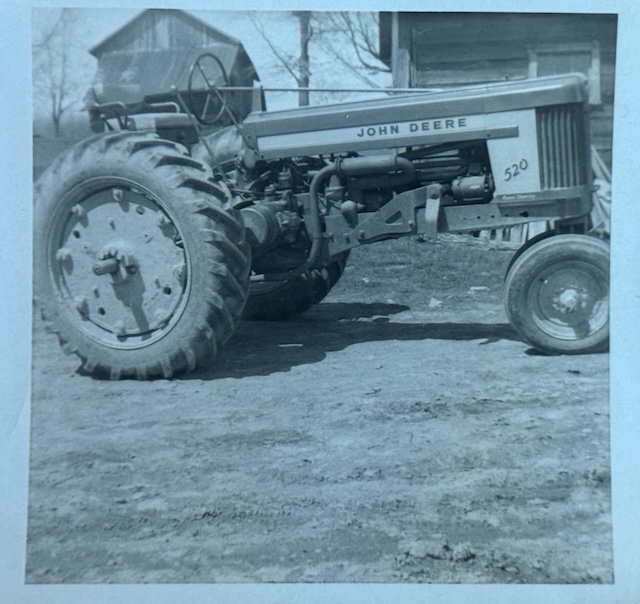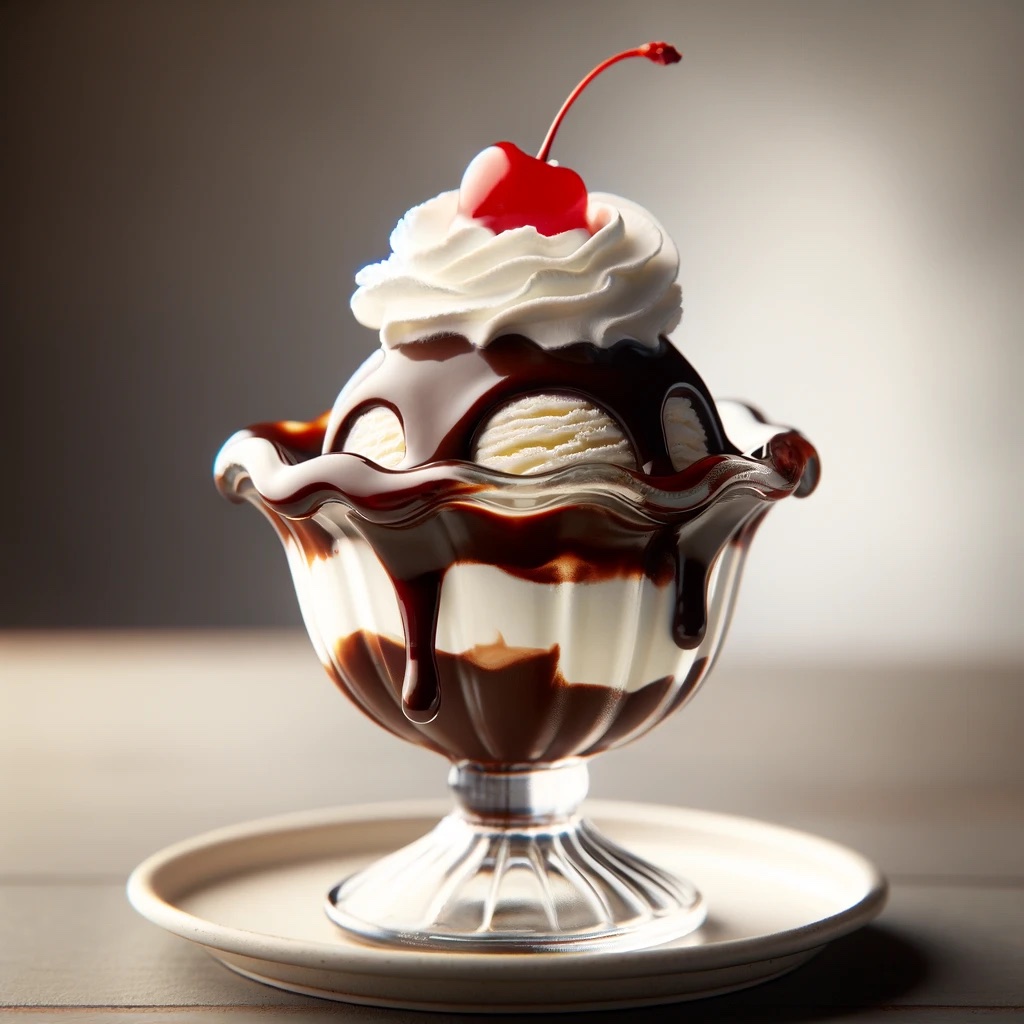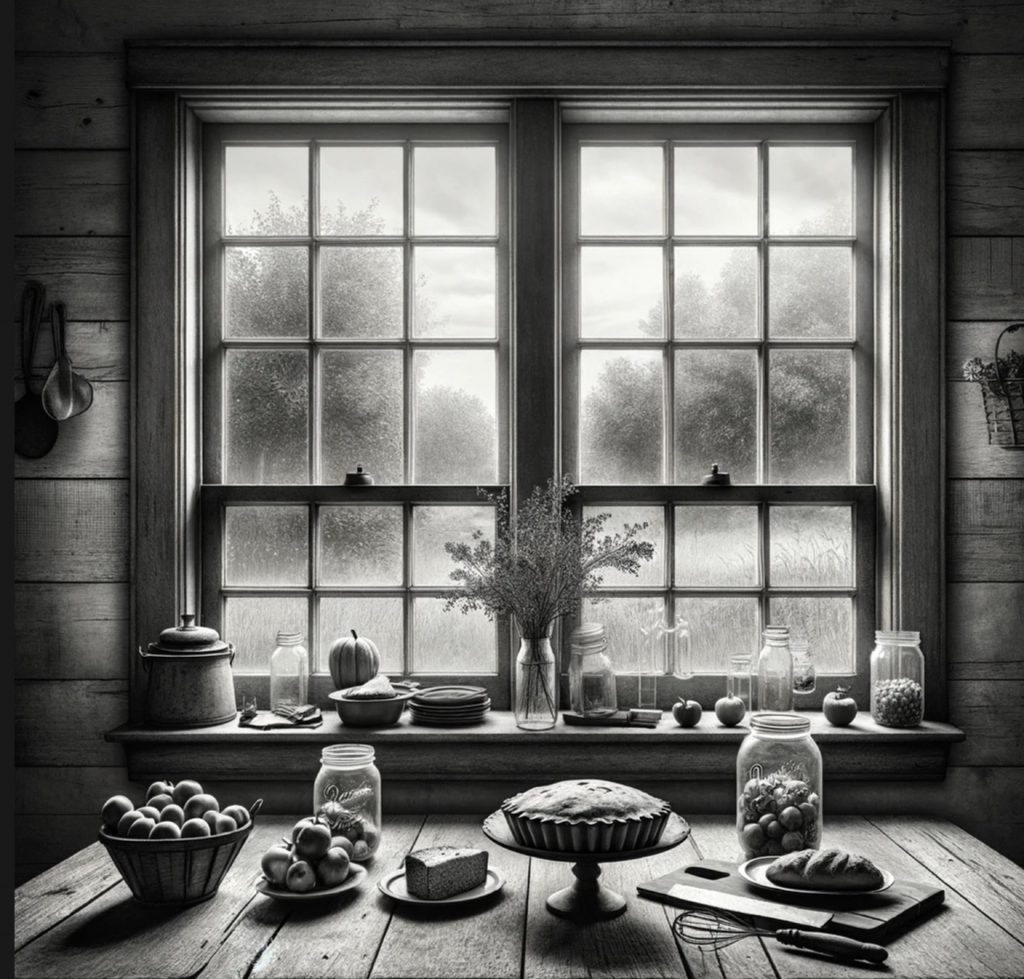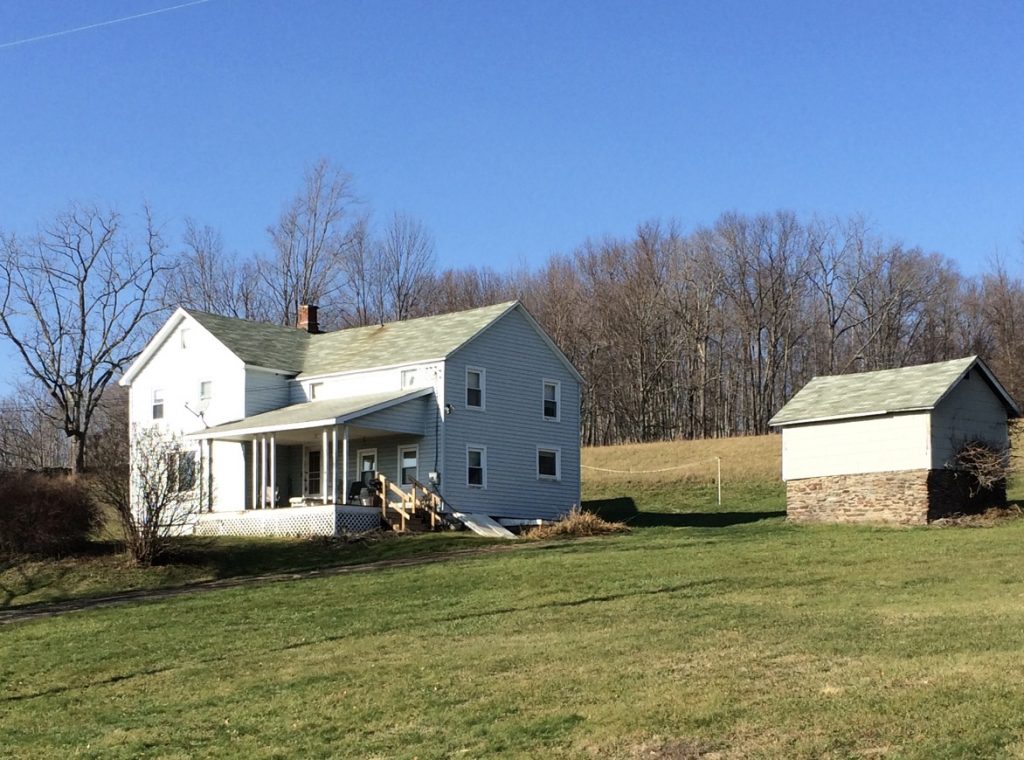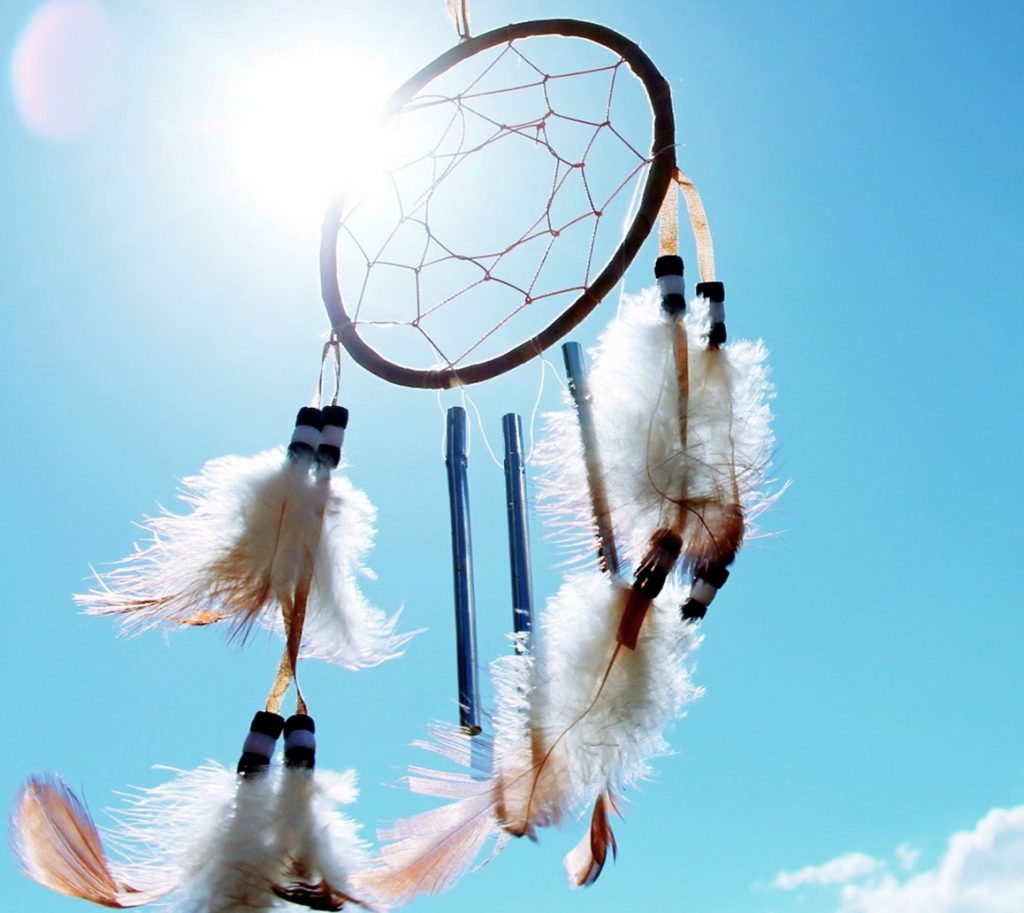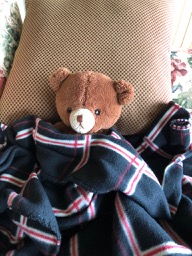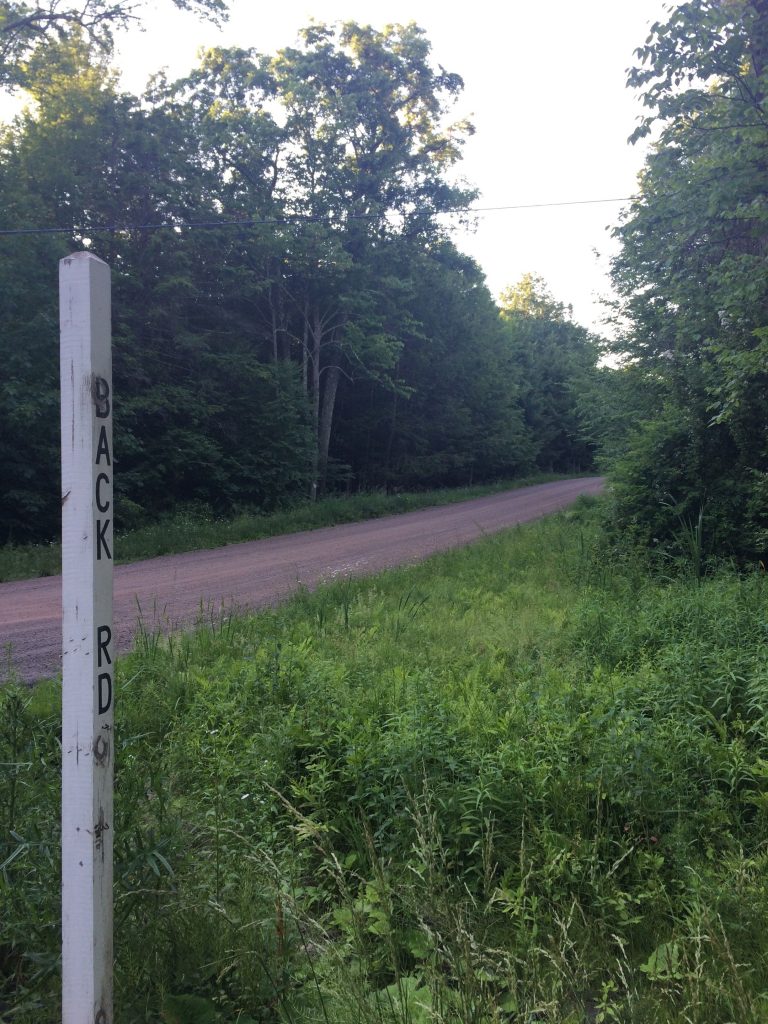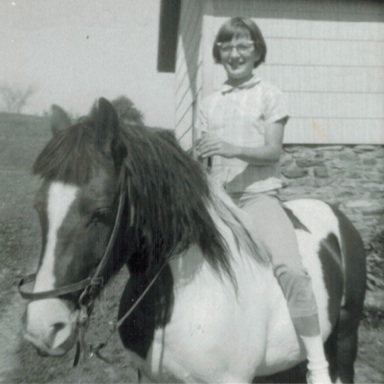Great Grandfather Wright
I never met my great-grandfather Irvin Fassett Wright. He was born in Scottsville, Wyoming County, in Northeastern Pennsylvania in 1873. Recently, I began reading some daily journals he wrote in 1899 and 1900.
He started each entry with the day’s weather and on workdays wrote down how many hours he worked in the stone quarry near Laceyville. Pretty much all the rest of his entries followed the simple daily activities of his wife, new baby son, and his parents. He wrote of friends who came to dinner, times he and his wife Grace went to a friend’s house for dinner, going to church, house chores, hunting, taking a bath (maybe once a week!).
What really caught my eye was in the back of the 1899 journal with his accounting of income and expenses for each month of the year. His income ranged from zero in January and February to a high of $36.00 for one summer month. That works out to about $0.22/hour! Of course, he didn’t have an electric bill, internet, telephone or TV charges, no auto repairs or gas to buy and no insurances to pay. The one entry for taxes was for a $1.30! Medicine shows up a couple of times at $0.25 each time.
They grew their own food, made their own clothes, and did without running water or disposable diapers or appliances or many other conveniences we now consider essential. Here’s a sample page of one month’s activity plus his year-end calculations.
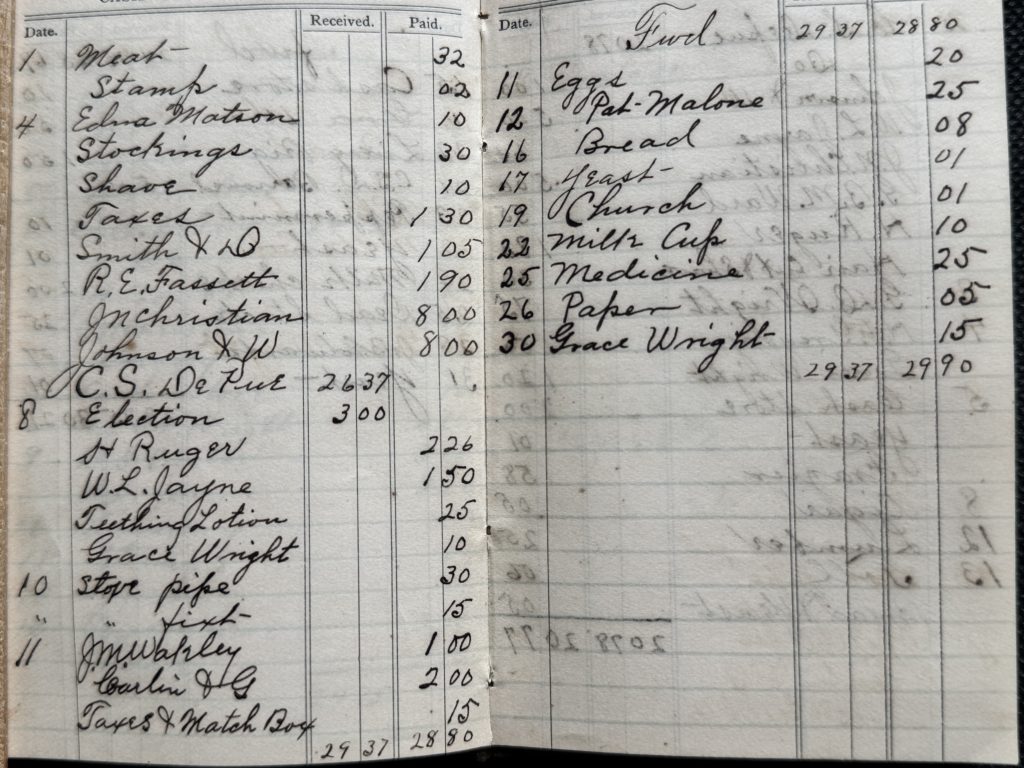
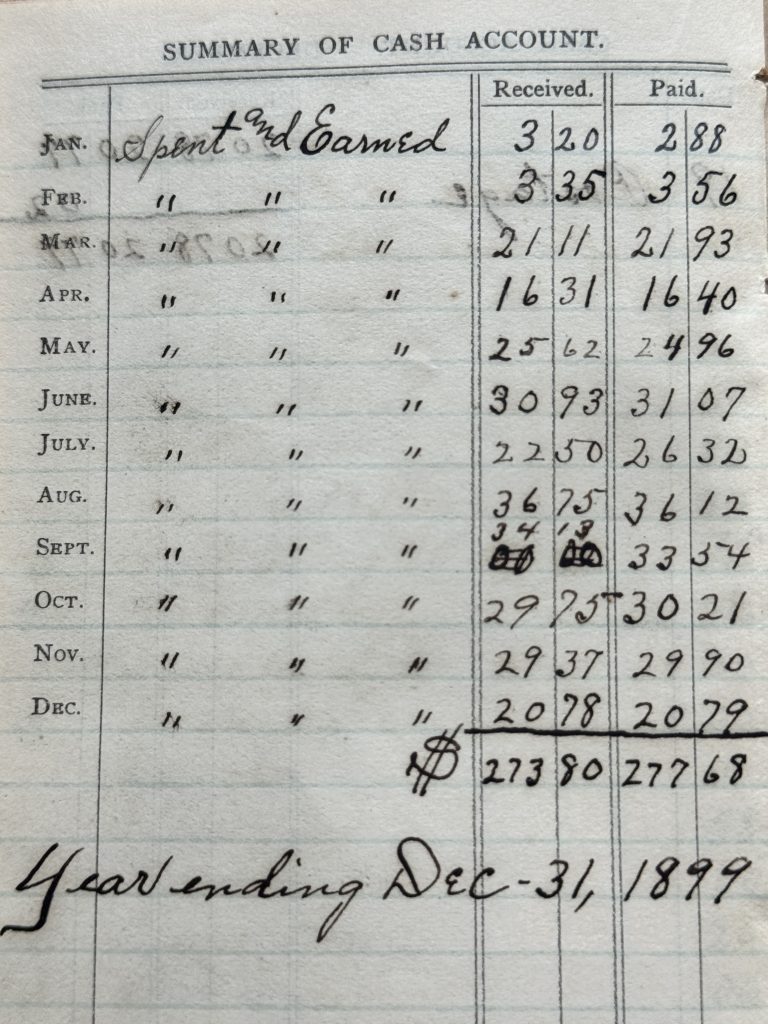
His 1900 journal followed the same format with entries every day. That is until March 6th where he wrote the date, but nothing beyond. I was curious why he stopped and then remembered. Here’s what happened that day according to the Braintrim Messenger of Laceyville:
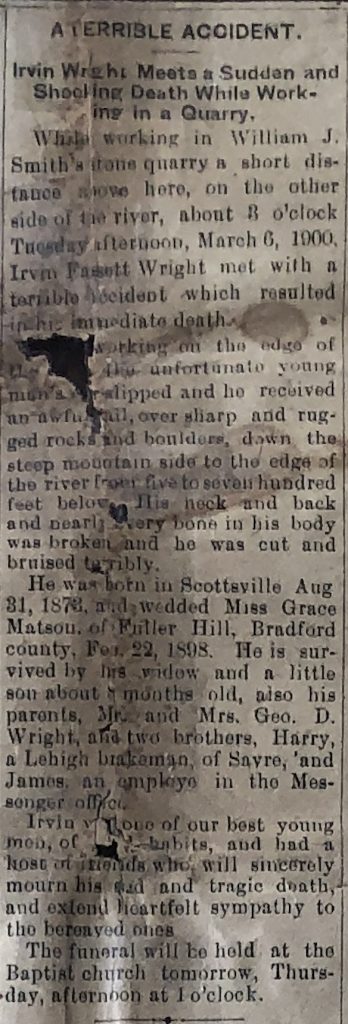
If you had difficulty reading this, just know that he fell 500 to 700 feet from the ledge breaking his back, neck, and nearly every bone in his body. The obituary writer left little to the imagination about the injuries! As you can see it was a tragic end at just 27 years of age, leaving a young wife and my 8-month-old grandfather behind.
My grandfather was named “George” at birth (after his grandfather), but after the death of his father, they changed his name to Irvin Fassett Wright. Later on Grace married Lou Van Ness whose young wife died in 1900; they had 3 more children, while my grandfather was raised mainly by his grandparents Wright.
There will be no more journal entries, but I’m grateful that the first Irvin F. Wright left us a peek into their young lives through his writings.
